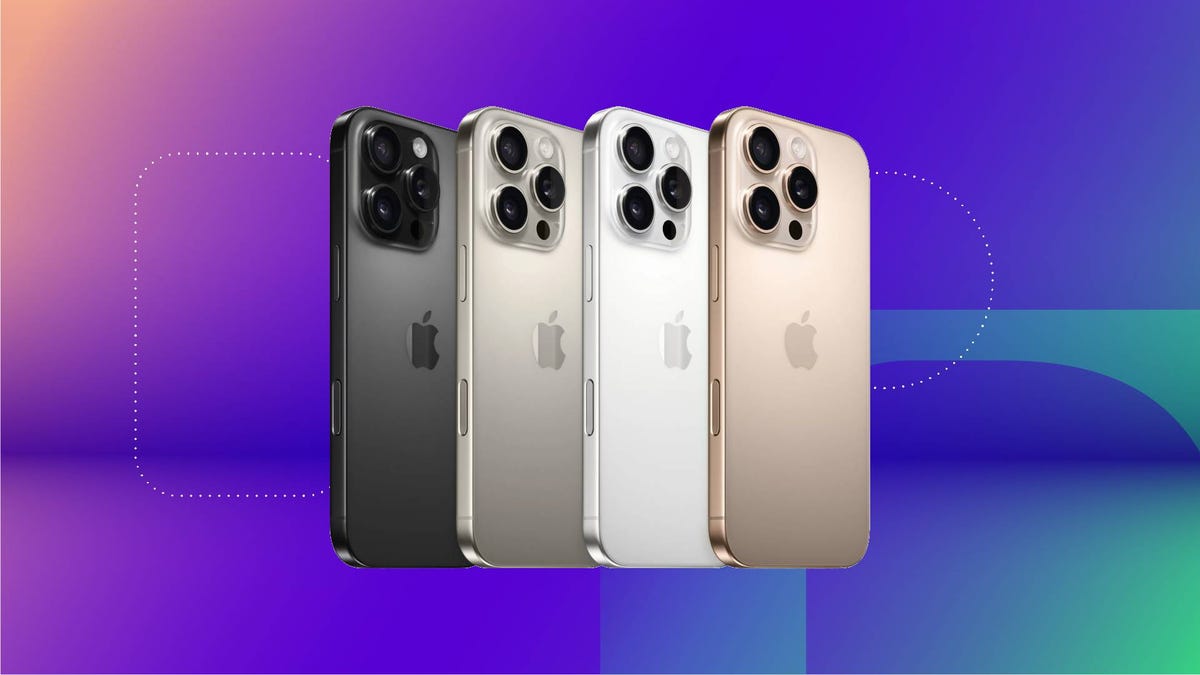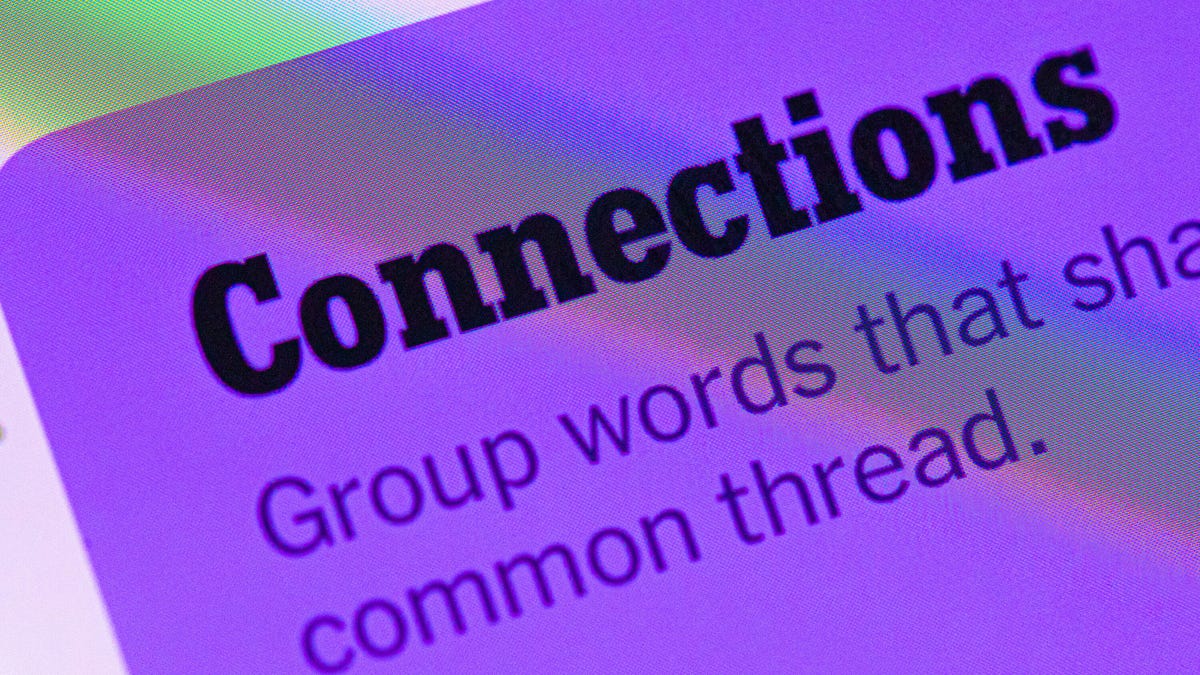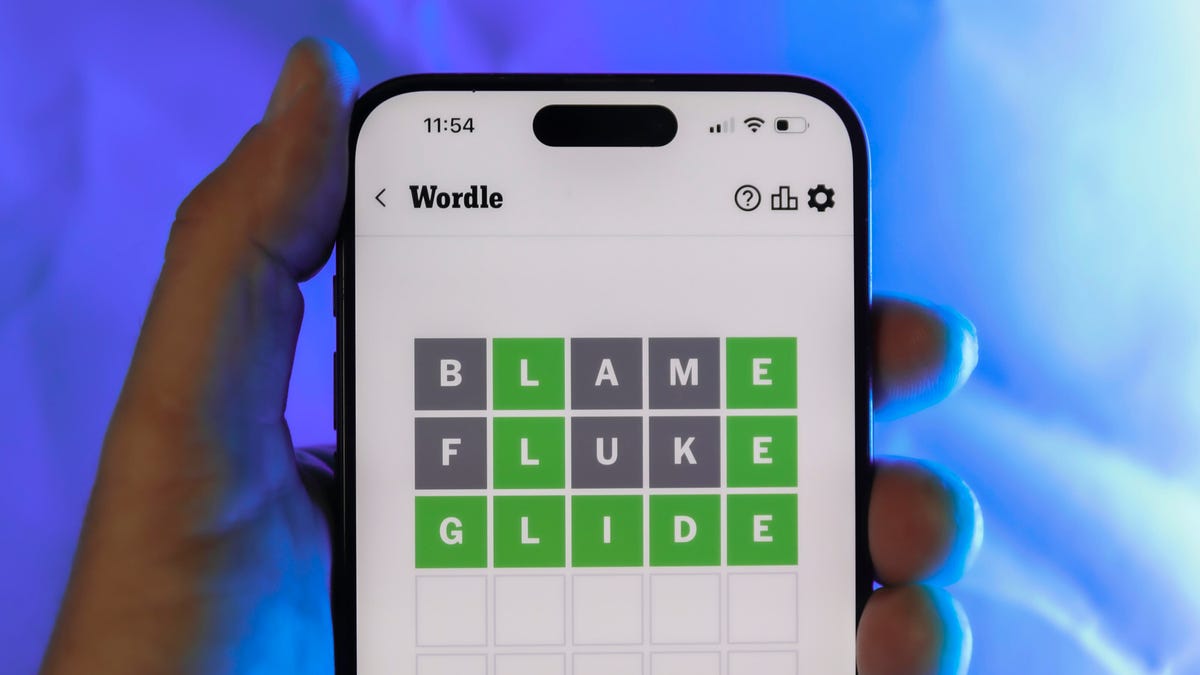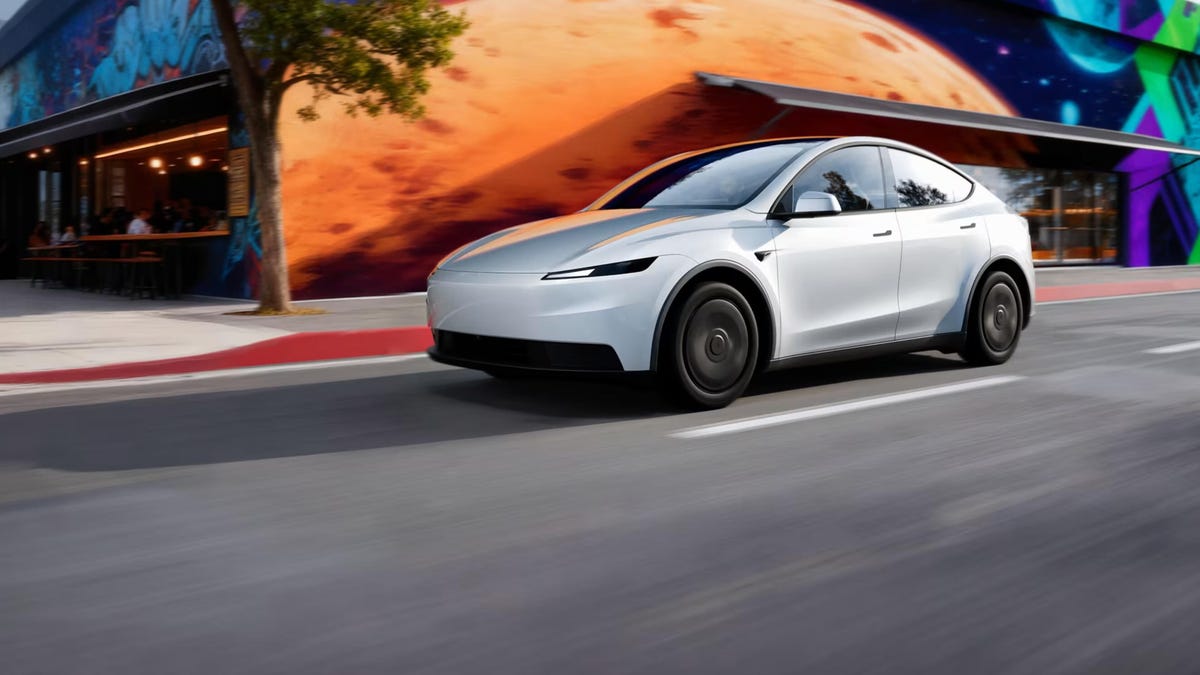Technologies
Apple Released iOS 18.5 RC, and It Includes a Few Small iPhone Changes
Apple could release the update to the public as early as next week.

Apple debuted the iOS 18.5 release candidate on May 6, more than a month after the company released iOS 18.4 to the general public. While that update brought more emoji to all iPhones, the RC brings a few small changes and a new Pride wallpaper. Because the latest release is the RC, Apple could release the update to the general public as early as next week.
Read more: An Expert’s Guide to iOS 18
Since the RC isn’t necessarily the final version of iOS 18.5, I recommend downloading it on something other than your primary device. The update might be buggy, and battery life may be affected, so it’s best to keep those troubles on a secondary phone.
Also, since the RC is not the final version, adjustments could land on your iPhone when the update is released. There’s no word on when Apple will release the iOS 18.5update to the general public, but it’s usually a week after the RC comes out.
Here’s what could appear on your iPhone with iOS 18.5. (Just a reminder: Only developers and beta testers with an iPhone 15 Pro, Pro Max or the iPhone 16 lineup can access Apple Intelligence for now. If you have any other iPhone, you won’t have access to those features.)
New Pride wallpaper
Every year, Apple comes out with a new Pride wallpaper ahead of Pride Month, and this year is no different. The iOS 18.5 RC includes the latest iteration of the wallpaper, called «Pride Harmony,» which features bold stripes that shift and change position as you move.
iOS 18.5 tweaks Mail options
Apple introduced a few Mail app updates in the iOS 18.5 RC. One of those updates makes it easier to adjust the app’s settings by showing or hiding contact photos in Mail. Contact photos are the images to the left of emails that help identify senders.
Mail will show Contact Posters by default, but you can turn them off from within the app with the iOS 18.5 RC. To do so, open Mail, tap the three dots (…) in the top-right corner of your screen and tap Show Contact Photos. Now, all your emails will just show the subject line and a preview of the message, similar to how Mail looked before iOS 18.
This option is in iOS 18.4, but it’s buried in Settings and not easy to locate.
Another update concerns Categories. If the mode is enabled, you can see a small tab on the right side of your screen near the other categories. Swipe the categories bar near the top of Mail to the left, and this small tab will expand to reveal the category All Mail.
This category isn’t new; you can find it in iOS 18.4. But, there was no small tab on the right side of your screen to signal it was present off-screen. Therefore, All Mail flew under the radar — I didn’t even know the option was there until this beta.
This category appears to be a way to simultaneously enable Categories and List View — the pre-Categories view of Mail. By tapping All Mail, you’re viewing your messages without any categorization, like in List View.
Back Tap banner
The iOS 18.5 RC also introduces the option to display a banner using the Back Tap function. Back Tap turns the Apple logo on the back of your iPhone into a usable button that can open your camera, take a screenshot and more when you double or triple tap it. And with the iOS 18.5 RC, you can make your iPhone display a banner whenever you use Back Tap.
To enable the banner, go to Settings > Accessibility > Touch > Back Tap and tap the toggle next to Show Banner. If you enable the banner and use Back Tap, the banner will appear across the top of your screen and read, «Back Tap Double/Triple Tap detected.»
iOS 18.5 RC release notes
Here are the full release notes for the iOS 18.5 RC.
This update also includes the following enhancements and bug fixes:
- A new Pride Harmony wallpaper.
- Parents now receive a notification when the Screen Time passcode is used on a child’s device.
- Buy with iPhone is available when purchasing content within the Apple TV app on a third-party device.
- Fixes an issue where the Apple Vision Pro app may display a black screen.
- Support for carrier-provided satellite features is available on iPhone 13 (all models). For more information visit: https://support.apple.com/122339.
Some features may not be available for all regions or on all Apple devices. For information on the security content of Apple software updates, please visit:
https://support.apple.com/100100
Anything else in the beta?
Not that I can tell, and I’m not surprised. Apple’s Worldwide Developer’s Conference is set to happen in June, so iOS 18.5 will likely remain sparse on features so Apple can focus on iOS 19.
There might be another RC before iOS 18.5 is released to the public, but I wouldn’t expect to see any other new features in the upcoming update. Apple has not announced when it will release iOS 18.5 to the general public, but it could be as early as next week.
For more on iOS 18, here’s what you need to know about iOS 18.4.1 and all the latest features in iOS 18.4. You can also check out our iOS 18 cheat sheet.
Technologies
Tesla’s New Range of Affordable Electric Cars: Here’s How Much They Cost
The stripped-down versions of the Model Y and Model 3 come with a lower price point.
Technologies
Today’s NYT Connections Hints, Answers and Help for Nov. 1, #874
Here are some hints and the answers for the NYT Connections puzzle for Nov. 1, #874.

Looking for the most recent Connections answers? Click here for today’s Connections hints, as well as our daily answers and hints for The New York Times Mini Crossword, Wordle, Connections: Sports Edition and Strands puzzles.
I admit, I thought there might be a Pac-Man ghosts category in today’s NYT Connections puzzle. (When I saw the words Inky, Pinky, Clyde and Sue, I had to assume they’d end up together.)
If you need help with today’s Connections, you’re in the right place. Read on for clues and today’s Connections answers.
The Times now has a Connections Bot, like the one for Wordle. Go there after you play to receive a numeric score and to have the program analyze your answers. Players who are registered with the Times Games section can now nerd out by following their progress, including the number of puzzles completed, win rate, number of times they nabbed a perfect score and their win streak.
Read more: Hints, Tips and Strategies to Help You Win at NYT Connections Every Time
Hints for today’s Connections groups
Here are four hints for the groupings in today’s Connections puzzle, ranked from the easiest yellow group to the toughest (and sometimes bizarre) purple group.
Yellow group hint: Judge Judy.
Green group hint: Not white or gray.
Blue group hint: Paired up.
Purple group hint: Animated animals.
Answers for today’s Connections groups
Yellow group: Take to court.
Green group: Black.
Blue group: Second in a famous real-life duo.
Purple group: Rodents who are first in a cartoon duo.
Read more: Wordle Cheat Sheet: Here Are the Most Popular Letters Used in English Words
What are today’s Connections answers?
The yellow words in today’s Connections
The theme is take to court. The four answers are charge, file, indict and sue.
The green words in today’s Connections
The theme is black. The four answers are inky, jet, pitch and raven.
The blue words in today’s Connections
The theme is second in a famous real-life duo. The four answers are Cher, Clyde, Hardy and Teller. (From Sonny and Cher, Bonnie and Clyde, Laurel and Hardy, Penn and Teller.)
The purple words in today’s Connections
The theme is rodents who are first in a cartoon duo. The four answers are Chip, Itchy, Pinky and Rocky. (From Chip and Dale, Itchy and Scratchy, Pinky and the Brain, Rocky and Bulwinkle.)
Technologies
Today’s Wordle Hints, Answer and Help for Nov. 1, #1596
Here are hints and the answer for today’s Wordle for Nov. 1, No. 1,596.

Looking for the most recent Wordle answer? Click here for today’s Wordle hints, as well as our daily answers and hints for The New York Times Mini Crossword, Connections, Connections: Sports Edition and Strands puzzles.
Today’s Wordle puzzle wasn’t too tough, but. we’ve got the answer right here. If you need a new starter word, check out our list of which letters show up the most in English words. If you need hints and the answer, read on.
Today’s Wordle hints
Before we show you today’s Wordle answer, we’ll give you some hints. If you don’t want a spoiler, look away now.
Wordle hint No. 1: Repeats
Today’s Wordle answer has no repeated letters.
Wordle hint No. 2: Vowels
Today’s Wordle answer has two vowels.
Wordle hint No. 3: First letter
Today’s Wordle answer begins with M.
Wordle hint No. 4: Last letter
Today’s Wordle answer ends with an L.
Wordle hint No. 5: Meaning
Today’s Wordle answer can refer to a roadside hotel.
TODAY’S WORDLE ANSWER
Today’s Wordle answer is MOTEL.
Yesterday’s Wordle answer
Yesterday’s Wordle answer, Oct. 31, No. 1595 was ABHOR.
Recent Wordle answers
Oct. 27, No. 1591: FETID
Oct. 28, No. 1592: HOLLY
Oct. 29, No. 1593: GLARE
Oct. 30, No. 1594: LATHE
-

 Technologies3 года ago
Technologies3 года agoTech Companies Need to Be Held Accountable for Security, Experts Say
-

 Technologies3 года ago
Technologies3 года agoBest Handheld Game Console in 2023
-

 Technologies3 года ago
Technologies3 года agoTighten Up Your VR Game With the Best Head Straps for Quest 2
-

 Technologies4 года ago
Technologies4 года agoVerum, Wickr and Threema: next generation secured messengers
-

 Technologies4 года ago
Technologies4 года agoBlack Friday 2021: The best deals on TVs, headphones, kitchenware, and more
-

 Technologies4 года ago
Technologies4 года agoGoogle to require vaccinations as Silicon Valley rethinks return-to-office policies
-

 Technologies4 года ago
Technologies4 года agoOlivia Harlan Dekker for Verum Messenger
-

 Technologies4 года ago
Technologies4 года agoiPhone 13 event: How to watch Apple’s big announcement tomorrow

